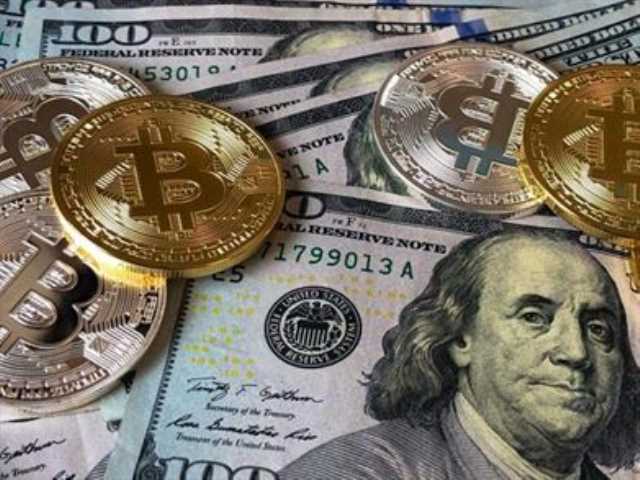What Is Stablecoins Place In The Future Of Cross-Border Payments?

While such changes may result in additional consumer protections, they could also affect different stablecoins in different ways or result in restrictions that affect coin holders. To mint 100 DAI pegged to USD, you will need to provide what is a stablecoin $150 of crypto as 1.5x collateral. However, if your collateral drops below a certain collateral ratio or the loan’s value, it will be liquidated. Examples of fiat-backed stablecoins include Tether (USDT) and USD Coin (USDC).

Seigniorage-style/algorithmic stablecoins (not backed)

Using stablecoins as a trading pair for more volatile tokens like bitcoin can be a more efficient option for traders. As the name implies, stablecoins are a type of digital currency that are designed to offer stability while benefitting from blockchain technology. They’re often pegged (i.e., have a fixed exchange rate) to a fiat currency, such as the US dollar. Fiat-collateralized stablecoins are usually more centralized than other cryptocurrencies. A central entity holds the collateral and may also be subject to external financial regulation. You also need to trust that the issuer has the reserves they claim to have.
- A stablecoin is a cryptocurrency that is designed to make transacting with crypto more practical.
- For example, a trader could use a stablecoin, like USDC, to buy Bitcoin on an exchange without having to worry about the volatility of the Bitcoin price.
- As of late June 2024, Tether (USDT) was the third-largest cryptocurrency by market capitalization, worth more than $112 billion.
- Users can buy stablecoins and other crypto assets on SwissBorg with a bank card or bank transfer.
- One crypto-backed stablecoin is dai, which is pegged to the U.S. dollar and runs on the Ethereum blockchain.
- Stablecoins are crypto assets that aim to keep their price “pegged” to the market value of an external asset such as fiat currency or commodity.
The Disadvantages of Stablecoins
The state’s effort is being led by the Wyoming Stable Token Commission, which is currently reviewing potential partners to help launch the token, including exchanges and wallet providers. Wyoming Governor Mark Gordon says he will push for the adoption of a “transparent” stablecoin fully backed by the state’s short-term Treasury holdings. This hesitation in the market indicates that many traders believe the price drop may not be over yet. Without this buying pressure, Bitcoin could face further declines or a slow recovery, making the market unpredictable.
Are there any other risks?
At a market cap of $66.9 billion, USDT is currently the third biggest cryptocurrency, behind Bitcoin and Ethereum (ETH). However, it has been besieged by doubt around the reliability of its reserves for years. The regulation aims to make sure stablecoins always maintain a stable value, so people who hold them can get their money back. We also want to make sure people can pay using stablecoins without disruption.
- At their core, stablecoins are cryptocurrencies that try to maintain a “peg”—the same market value as the external asset they represent.
- According to data from Statista, for example, stablecoins have increased their market capitalization from just $27.52 billion in December 2020 to $152.1 billion on June 19, 2022.
- PoR reference feeds provide smart contracts with the data needed to calculate the true collateralization of any on-chain asset backed by off-chain reserves.
- It certainly won’t be all, but it may ultimately be a significant amount.
- Essentially, an algorithmic stablecoin system will reduce the token supply if the price falls below the fiat currency it tracks.
- Algorithmic stablecoins are not backed by anything and rely on algorithms to regulate the supply based on market demand.


